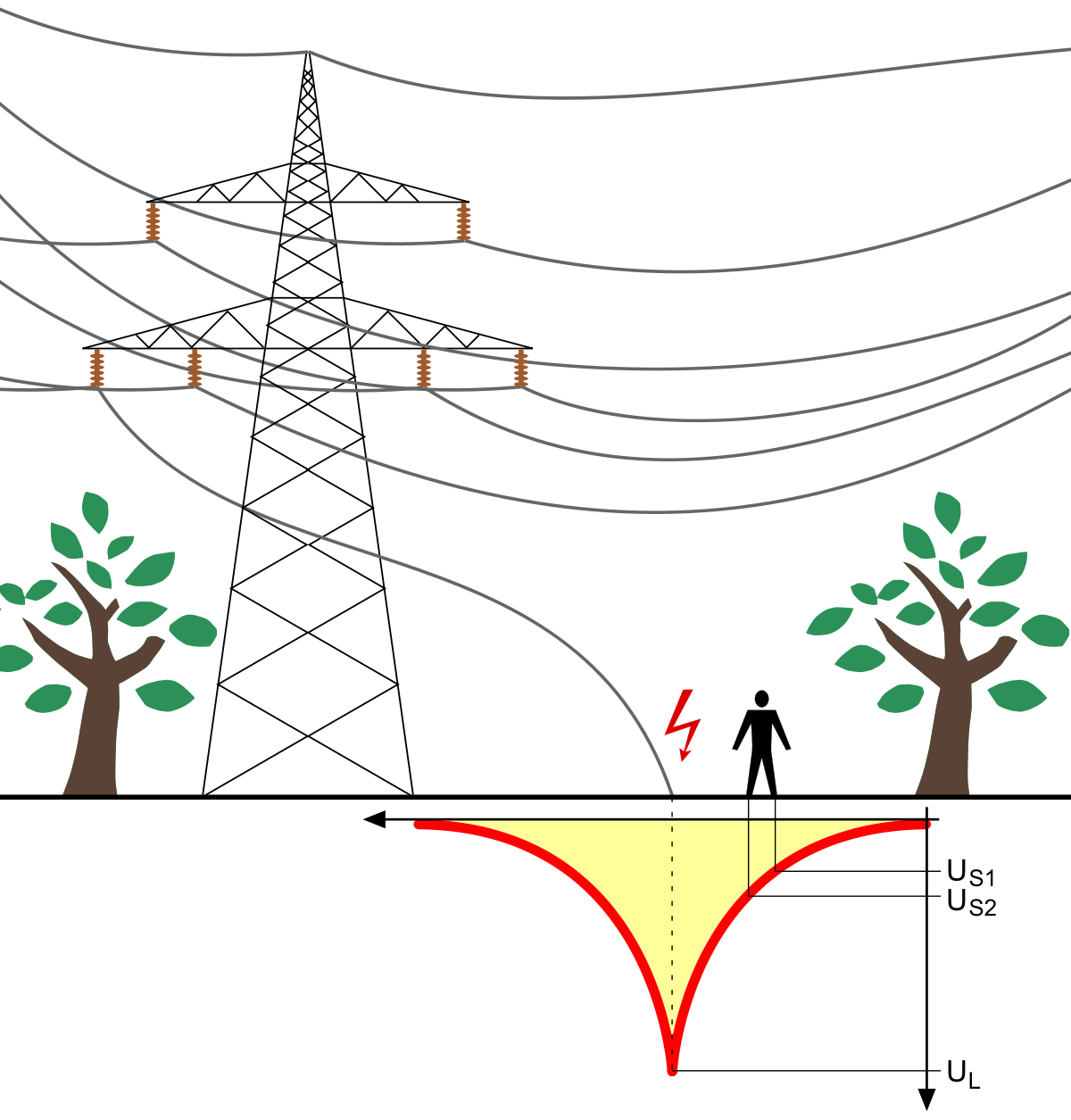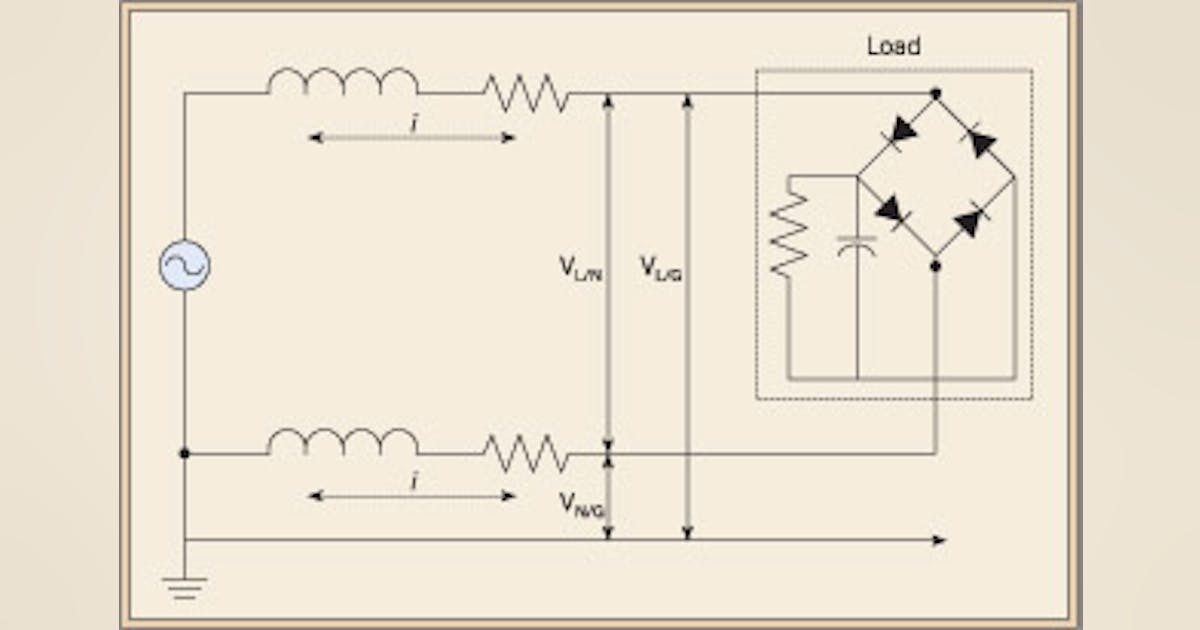- Nov 7, 2018
- 1,049
- Pool Size
- 14000
- Surface
- Plaster
- Chlorine
- Salt Water Generator
- SWG Type
- CircuPool RJ-60 Plus
I did live in Dover from 1999-2005; stationed at DAFB. I enjoyed my time there but wasn't a huge fan of summer traffic with SO MANY PEOPLE going south from Jersey, DC and Philly...or NASCAR traffic weekends, oye. I still have lots of friends up there that are still stationed (or retired) in the area.WAIT, WHAT!? You lived in Delaware!!!Most people only drive through it or visit the beach
You're right about the news, it's only Philly and no one watches that anymore. Btw, you have an awesome backyard and pool.
I'm working on the voltage mapping now. I hope to post it before I go to bed.
Thanks for the compliments on the pool/yard. It is an oasis that we enjoy thoroughly!



